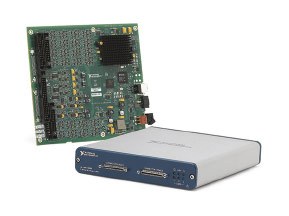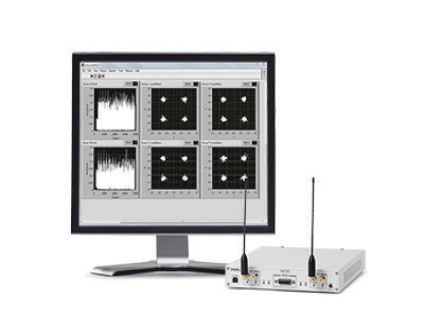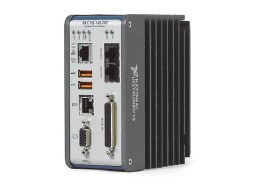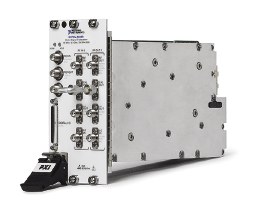National Instruments (Nasdaq: NATI) today announced four new R-series boards (USB-7855R, USB-7856R, USB-7855R OEM, and USB-7856R OEM) with USB connectivity to help engineers add FPGA technology to any PC-based system via one of the most widely adopted buses on the market. These products, based on the LabVIEW RIO architecture, are the result of the company's continued investment in the R-series family of products.
The LabVIEW RIO architecture is an integral part of the NI graphical systems design platform. A modern approach to the design, prototyping, and deployment of embedded control and monitoring systems, graphical system design combines the NI LabVIEW graphical programming environment with open, commercially available hardware to dramatically simplify development, This translates to higher quality designs with the ability to incorporate a custom design.
“Using these new R-series USB devices, engineers and scientists can create highly customizable measurement and control systems using standard PC technology,” said Jamie Smith, director of marketing for embedded systems at National Instruments. “They are ideal for high-performance medical applications, life sciences, and semiconductor machines.”
Features:
• Xilinx Kintex-7 FPGA: Implements tasks such as timing and firing, synchronization, variable rate sampling, high-speed control, and embedded signal processing.
• Enhanced I/O: Take advantage of analog input and output speeds up to 1 MHz for regulation and closed-loop control tasks; as well as speeds of digital I/O (DIO: Digital I/O) of up to 80 MHz.
• Selectable 1.2 to 3.3 V logic levels: Adjust DIO levels to meet specific application requirements.
• Selectable gain for analog input ranges: Gets more resolution in the lower voltage ranges.
• Options available for OEMs: Get the same power with the form factor of a card with the flexibility to create your own I/O interface.






